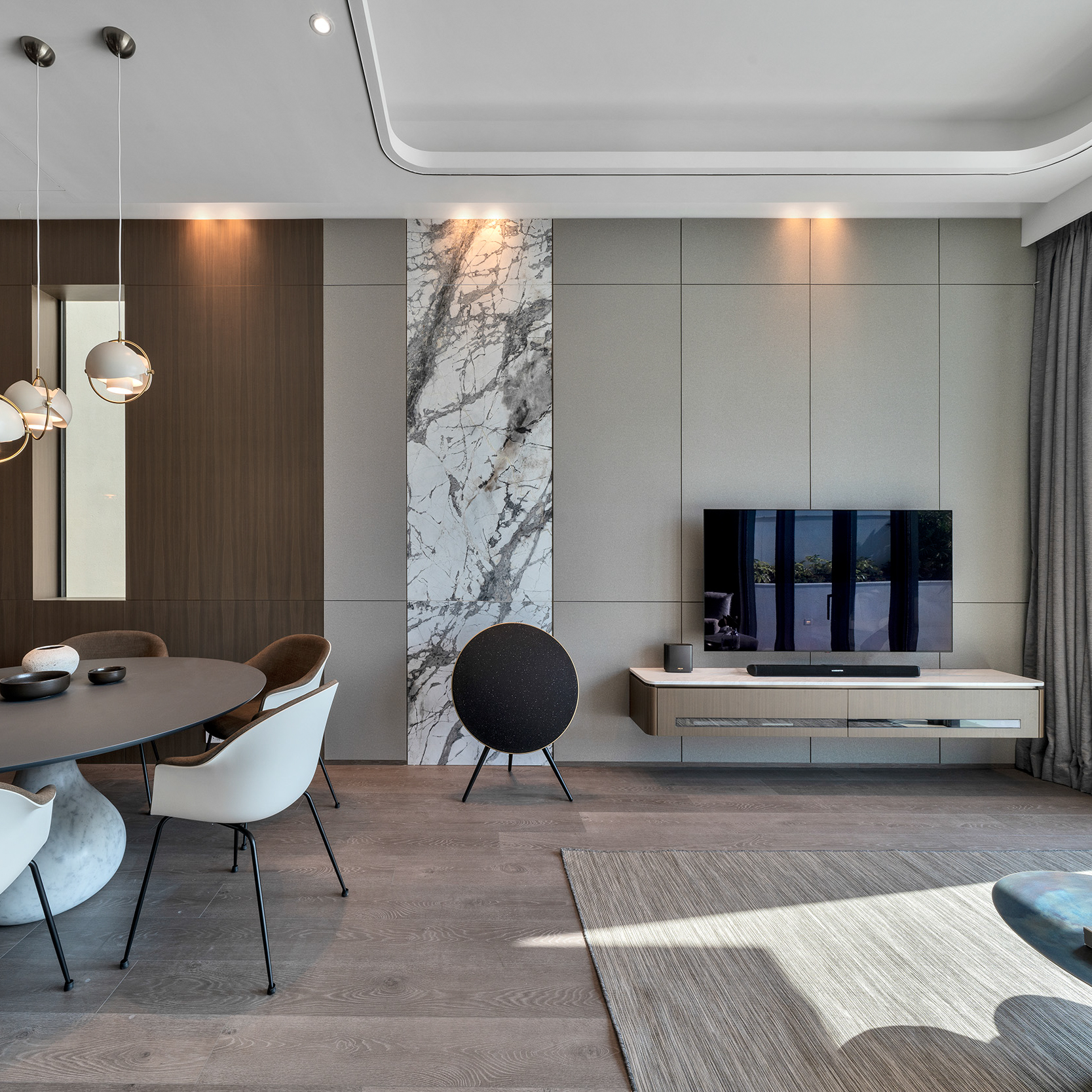Introduction
Wood is one of the oldest materials used in construction, furniture making, and other industries. As a natural resource, it provides a renewable and sustainable option for those looking for environmentally friendly solutions. But in addition to its practical uses, wood has also inspired creative minds for centuries. From intricate carvings and art pieces to modern design and architecture, the possibilities for wood are endless. In this article, we will explore the fascinating world of wood ideas and how this versatile material can be used to create stunning works of art and functional objects.
The Beauty of Wood
One of the most appealing aspects of wood is its natural beauty. Each piece of wood has a unique grain pattern and texture that is impossible to replicate. From the deep, rich tones of mahogany to the light, airy feel of birch, wood offers a wide range of colors and finishes. Creative minds can tap into this natural beauty to create stunning works of art that showcase the material itself. Carvings, sculptures, and furniture pieces can all be designed to highlight the unique characteristics of the wood used.
The Art of Carving
Carving in wood has been an art form for centuries. From the delicate filigree work of 16th-century furniture to the bold, exaggerated shapes of contemporary sculpture, wood carving can take many forms. The art of carving involves removing material from a block of wood to create a design or shape. This process can be done by hand or with power tools, depending on the desired result. Intricate patterns, delicate curves, and bold lines are all possible with wood carving. Whether an artist is creating a figurative sculpture, architectural element, or intricate decorative pattern, the possibilities with wood carving are endless.
Functional Wood Design
While wood can be used to create beautiful works of art, it can also be used to craft functional design elements. Furniture makers have been using wood to create chairs, tables, and other pieces of furniture for centuries. Today’s designers are incorporating wood into modern design, combining it with clean lines and contemporary materials to create functional pieces that are both beautiful and practical. Wood can also be used to create functional elements in architecture, such as beams, panels, and flooring. Its durability and strength make it an ideal material for supporting structures, while its natural beauty adds warmth and texture to the space.
Sustainability of Wood
In addition to its aesthetic and practical potential, wood is also a sustainable and environmentally friendly material. Wood is a renewable resource, meaning it can be harvested and regrown in a relatively short period. When forests are managed responsibly, wood can be harvested in a way that not only maintains the health of the forest but also ensures a steady supply of wood for future generations. Using wood as a building material can also have a lower carbon footprint than other alternatives, as wood stores carbon and requires less energy to produce than materials like steel or concrete.
Environmental Concerns
While wood is a sustainable and environmentally friendly material, there are still some concerns about its use. Illegal logging practices can contribute to deforestation and other ecological issues, so it is important to source wood from responsible and certified suppliers. Wood treatment methods can also have a negative impact on the environment and human health. Choosing wood that is treated with non-toxic products and avoiding products that contain formaldehyde can help mitigate these concerns.
















